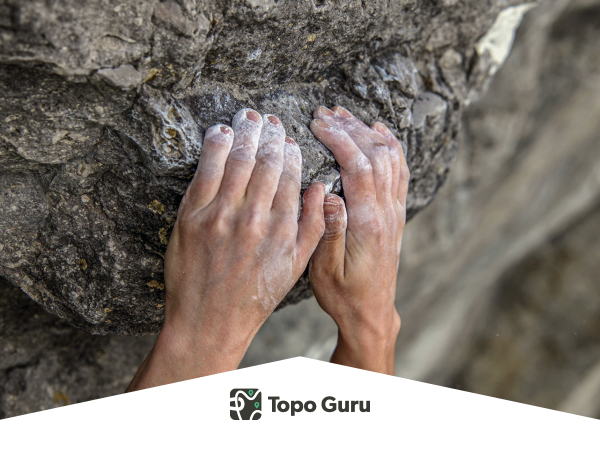
How to get stronger fingers
Fingers. Not a big part of human body but one of the most important piece in climbing. We catch or touch everything. The touch can be soft or super strong for example when a boulderer or climber clutch in crag. In climbing, when your fingers fail, the rest of your body falls. Focusing on this direct connection to the rock can benefit your climbing performance greatly. If you want to be a good climber you need to train your fingers. We collapse some exercise for you.
The fingerboard
For finger strength, fingerboards are the ultimate training tool. Bouldering has it's place but the large number of variables (hold shape, hold size, hold type and moves being 'learned') often limit the training benefit to the fingers. Fingerboards allow you to train the fingers to their maximum without anything else letting you down or getting in the way. The only problem is that fingerboarding is boring, anti-social and hard. That's enough to put most people off, but the idea of any training is to make progress and improve, not to enjoy the process itself. Training becomes fun when you start to see the gains that come from it and the associated increase in your climbing ability.
A basic fingerboard exercise
It would be impossible to explain exactly how to train on a fingerboard in this small article, but here is a very basic exercise that should get you started. Use a decent-sized hold with 4 fingers (open handed) on each hand. Hang for 7 seconds, rest for 3 seconds. Repeat a total of 6 times. Rest for 3 mins, repeat 2 or 3 times. Hang with a slight bend in the arm, at least 'engaging' the arms a little: hanging purely on the elbow and shoulder joints leads to injury.
Campus board
A campus board is a slightly overhanging, suspended wooden board with a variety of different-sized “rungs” (i.e. edges) in evenly-spaced vertical increments. The term “campus” implies pulling up on holds without the use of your feet. Technically, you can practice this technique on any campus-friendly route in the gym, but the campus board is specially designed for training. As you can imagine, performing controlled pull-ups on small edges massively increases your finger strength––not to mention your core muscles and deadpoint accuracy.
Exercise on campus board:
Deadhangs (Beginners):
When you hang on the campus board 5-10 second with 5-10 second rest. Repeat it 10 times. Progressing from the large rungs, to medium, to small.
Finger pull-ups (Advanced):
The idea is to go from an open-hand grip to a closed crimp while keeping your elbows straight, but not hyper-extended.
Up-down movement (Beginners):
For a power endurance workout, start matched on a rung, explode off one arm and tap the highest rung you can reach, then come back down to the rung you started on and go immediately with the other side. Do many sets and with little rest (30-120 seconds).
Bumps (Advanced):
There are two types of bumps: up-down and max effort. Up-down bump, where you bump up tohighest rung you can stick, max effort bump involves bumping up until you fall.
Ladder traverses (Advanced):
Up, down, traverse, up, down, traverse, up, down…you get the idea. Sustained, great for endurance, and incredibly tolling.
Just remember: when you’re learning a new, difficult exercise for the first time, do your absolute best to start small, use correct form, and stay in physical control. Your future un-injured self will thank you for it.